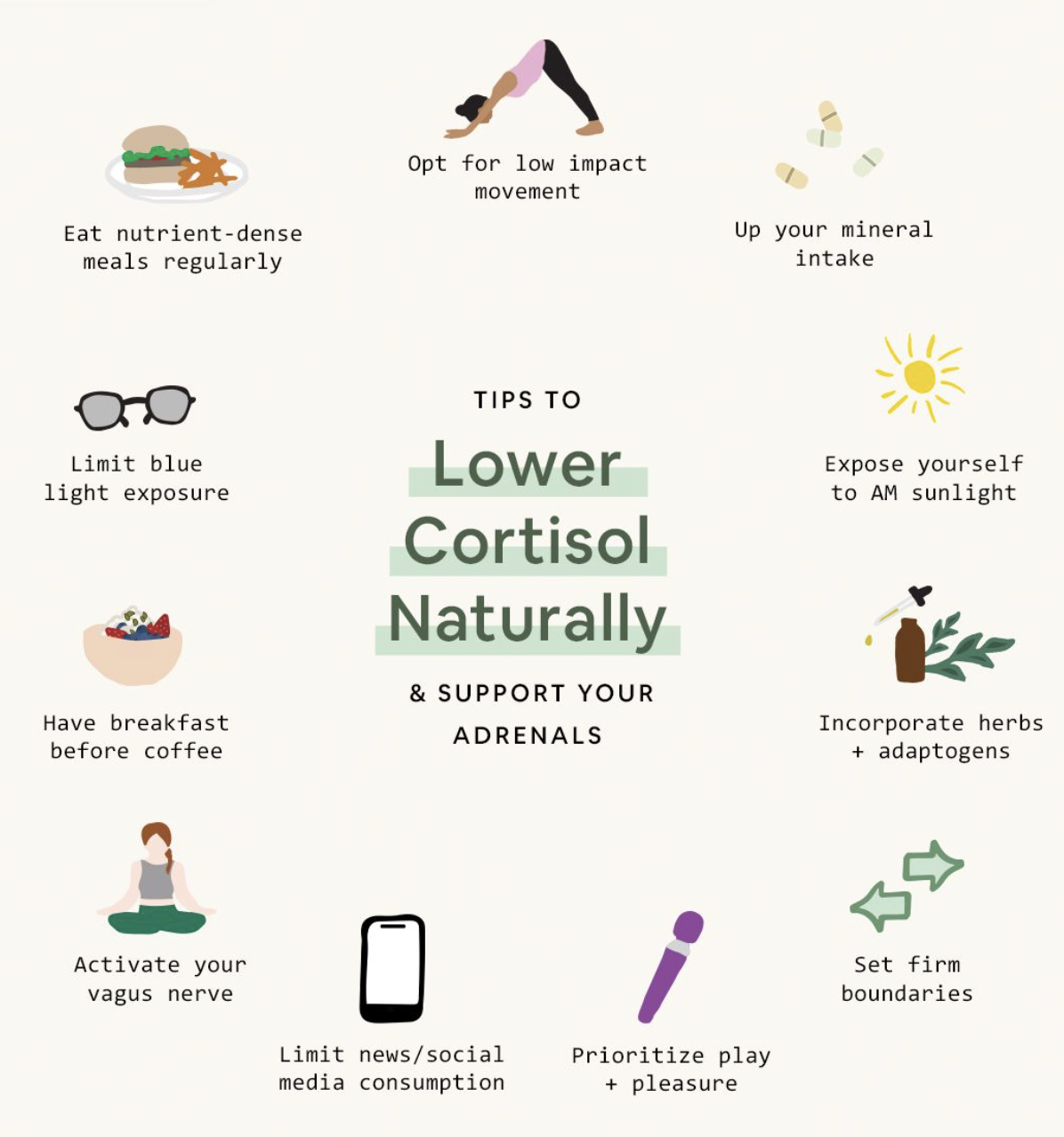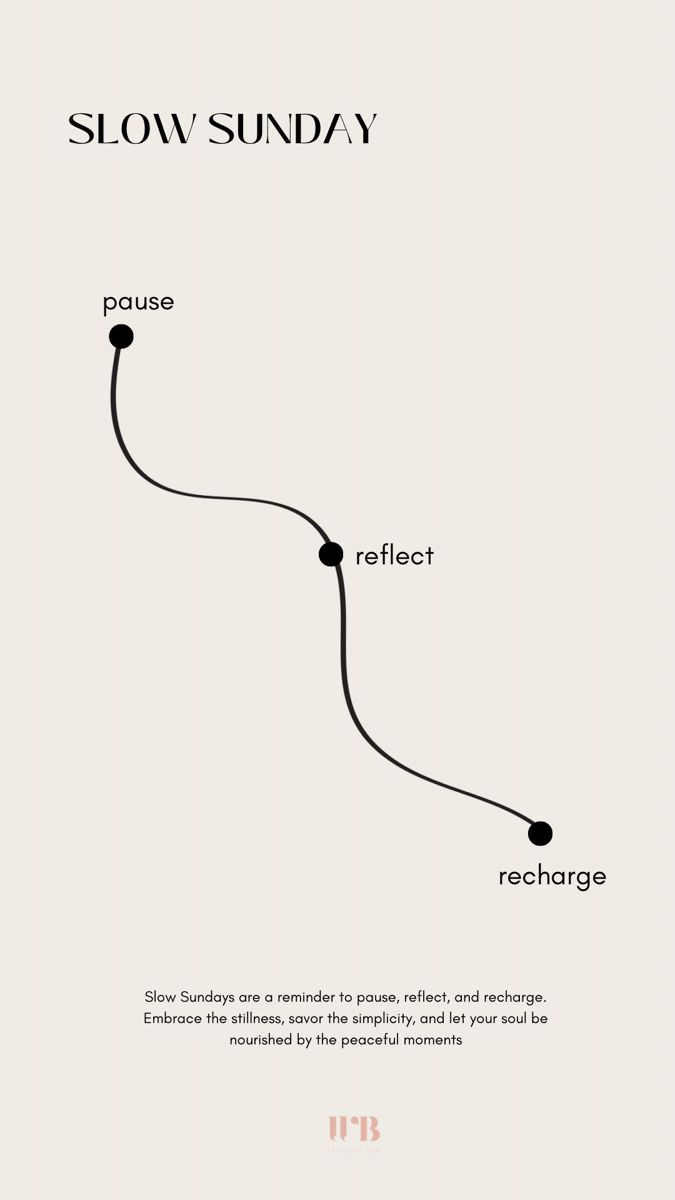How To Lower Your Cortisol
What is cortisol?
Hormones are chemicals that coordinate different functions in your body and cortisol is one of these hormones. Cortisol carries messages to your organs, skin, muscle and tissues and basically tells your body what to do and when.
Cortisol is a glucocorticoid, which is a steroid hormone; it affects inflammation, metabolism and sleep-wake cycles.
In general, cortisol:
– Regulates your body’s stress response.
– Helps control your body’s use of fats, proteins and carbohydrates, or your metabolism.
– Suppresses inflammation.
– Regulates blood pressure.
Regulates blood sugar.
– Helps control your sleep-wake cycle.
You may have already heard of cortisol as the ‘stress hormone’. During times of stress, your body can release cortisol after releasing its “fight or flight” hormones, such as adrenaline, so you continue to stay on high alert. In addition, cortisol triggers the release of glucose (sugar) from your liver for fast energy during times of stress.
Suppressing inflammation: In short spurts, cortisol can boost your immunity by limiting inflammation. However, if you have consistently high levels of cortisol, your body can get used to having too much cortisol in your blood, which can lead to inflammation and a weakened immune system.
Regulating blood pressure: The exact way in which cortisol regulates blood pressure in humans is unclear. However, elevated levels of cortisol can cause high blood pressure, and lower-than-normal levels of cortisol can cause low blood pressure.
Helping control your sleep-wake cycle: Under regular circumstances, you have lower cortisol levels in the evening when you go to sleep and peak levels in the morning right before you wake up. This suggests that cortisol plays a significant role in the initiation of wakefulness and plays a part in your body’s circadian rhythm.
The parasympathetic nervous system (PNS) helps lower cortisol by counteracting the sympathetic nervous system (SNS), which is responsible for the body’s fight-or-flight response. When the PNS is activated, it promotes relaxation, reduces stress signals, and helps bring cortisol levels back to balance.
The PNS acts as a brake, signalling to the body that it’s safe, which reduces cortisol production.

Here are some specific ways to activate the Parasympathetic nervous system which in turn lowers cortisol:
Here are some specific ways to activate the Parasympathetic nervous system which in turn lowers cortisol. Here are some specific ways to activate the Parasympathetic nervous system which in turn lowers cortisol.
– Deep breathing (e.g., diaphragmatic breathing, box breathing)
– Meditation & mindfulness
– Gentle movement (e.g., yoga, tai chi, slow walks)
– Cold exposure (e.g., cold showers or face splashing)
– Social connection & laughter
– Listening to calming music
– Spending time in nature
Parasympathetic Sundays
One concept I’ve recently come across is Parasympathetic Sundays, a dedicated day to focus on lowering cortisol levels and engaging in activities that activate the parasympathetic nervous system.
Do you ever glance at your calendar and see it packed with work, gym sessions, and dinner plans, only to realize your weekend is just as full? There’s a reformer class squeezed in, coffee catch-ups, and errands to run. It’s easy to move through the week without ever truly pressing pause.
Taking an entire day for rest might feel indulgent, even unrealistic, but in reality, it can make a huge difference in how we feel for the rest of the week. Instead of filling every moment,
Parasympathetic Sundays are about slowing down and choosing activities that bring a sense of calm, balance, and restoration.
A gentle Sunday morning could look like this:
☀️ Wake up slowly, without an alarm, and take a few deep breaths before getting out of bed.
🍵 Make a warm drink, perhaps herbal tea or a slow coffee and enjoy it without distractions.
🌿 Step outside for fresh air, whether that’s sitting in the garden, opening a window, or taking a slow morning walk in nature.
🧘♀️ Spend 10-15 minutes practicing gentle movement, like yoga or tai chi, followed by deep breathing or meditation.
🚿 Try a short burst of cold water at the end of your shower to stimulate your vagus nerve.
🎶 Put on calming music while making a nourishing breakfast, allowing yourself to ease into the day.
💬 Connect with someone who brings you joy, whether that’s a phone call, a voice note, or an in-person coffee with no rush.
The rest of the day can be just as intentional, reading, stretching, journaling, or simply doing nothing without guilt. By slowing down and making space for true rest, you’re giving yourself the reset you need to step into the new week feeling grounded and refreshed.

We Would Love To Hear From You
Contact: [email protected]



